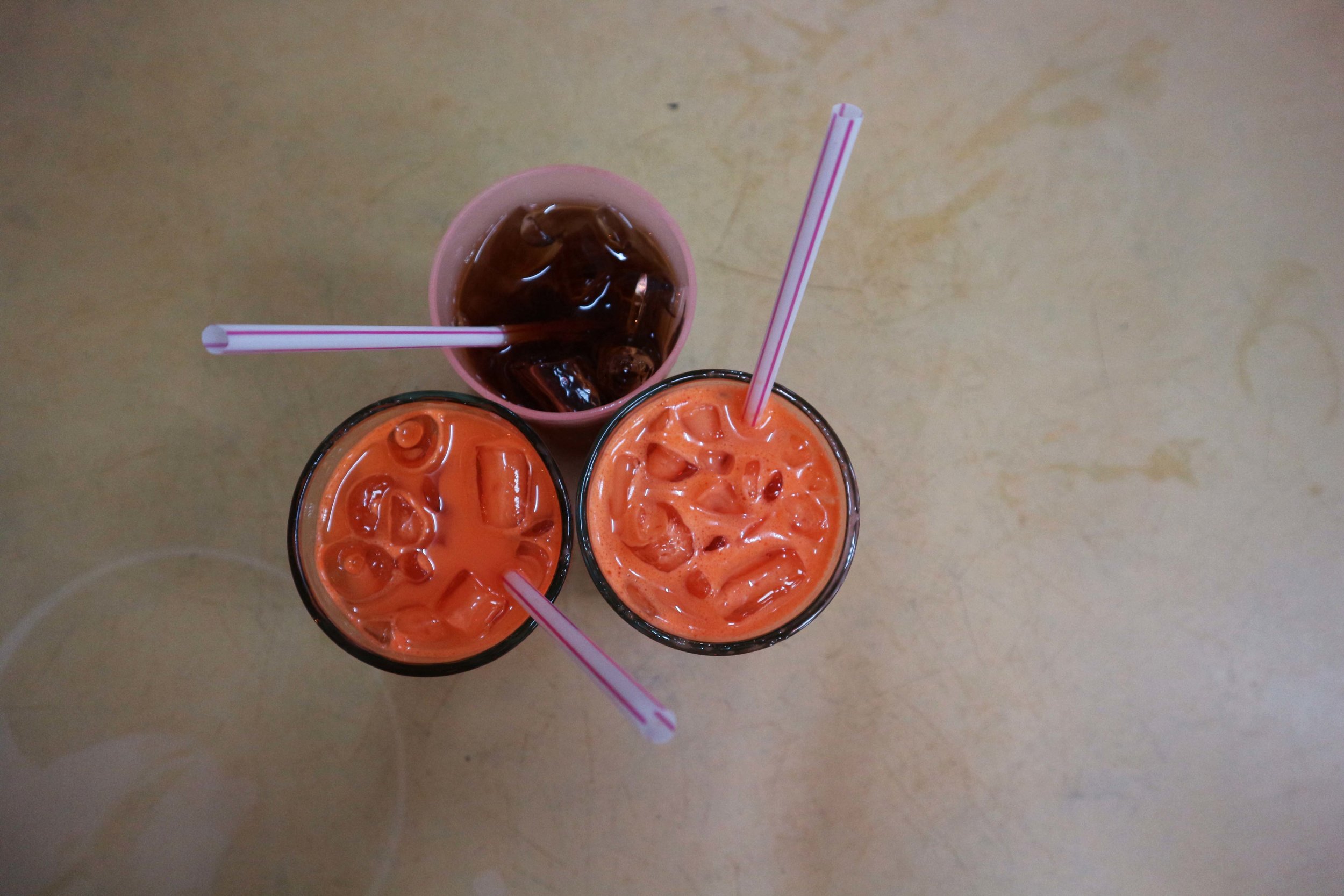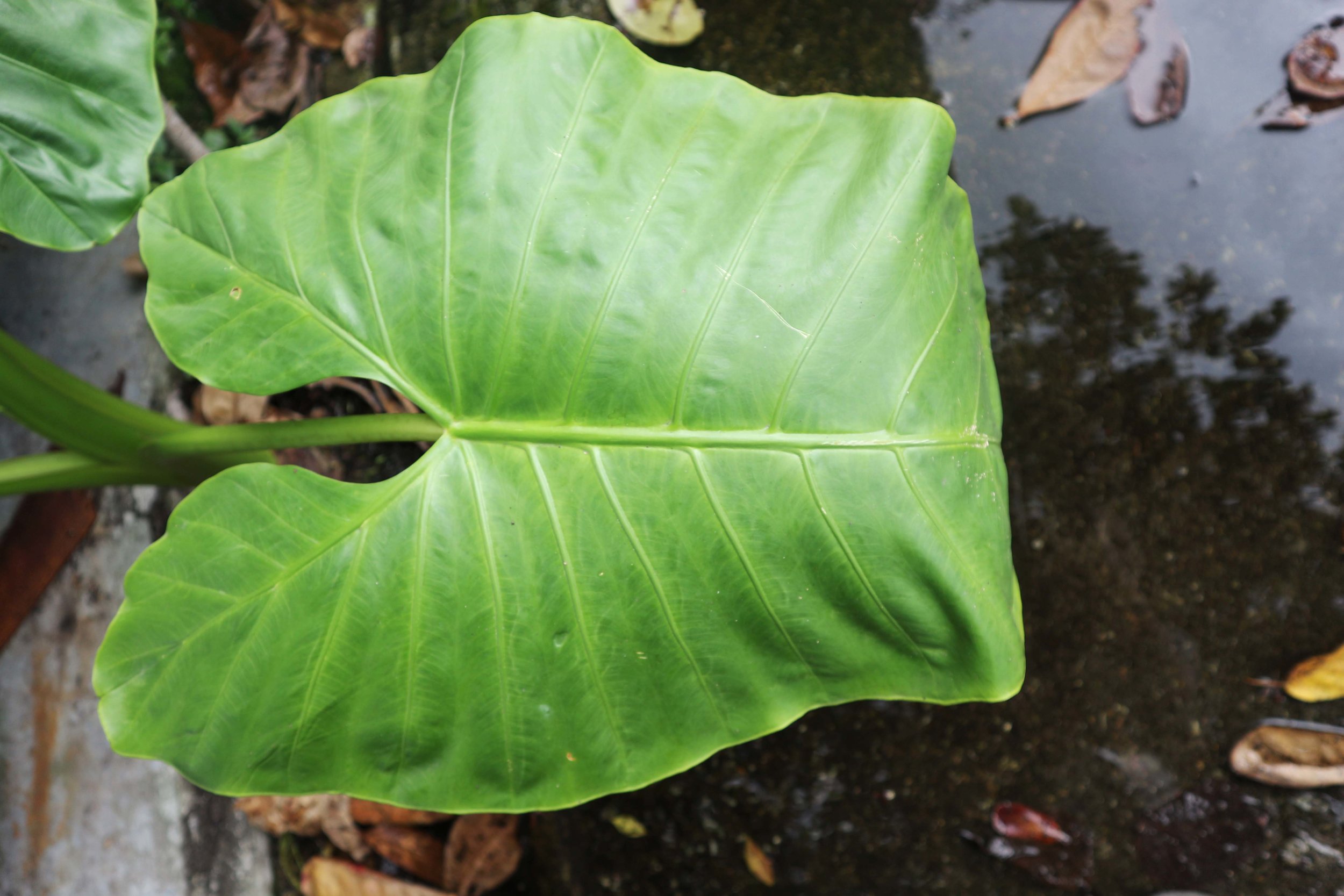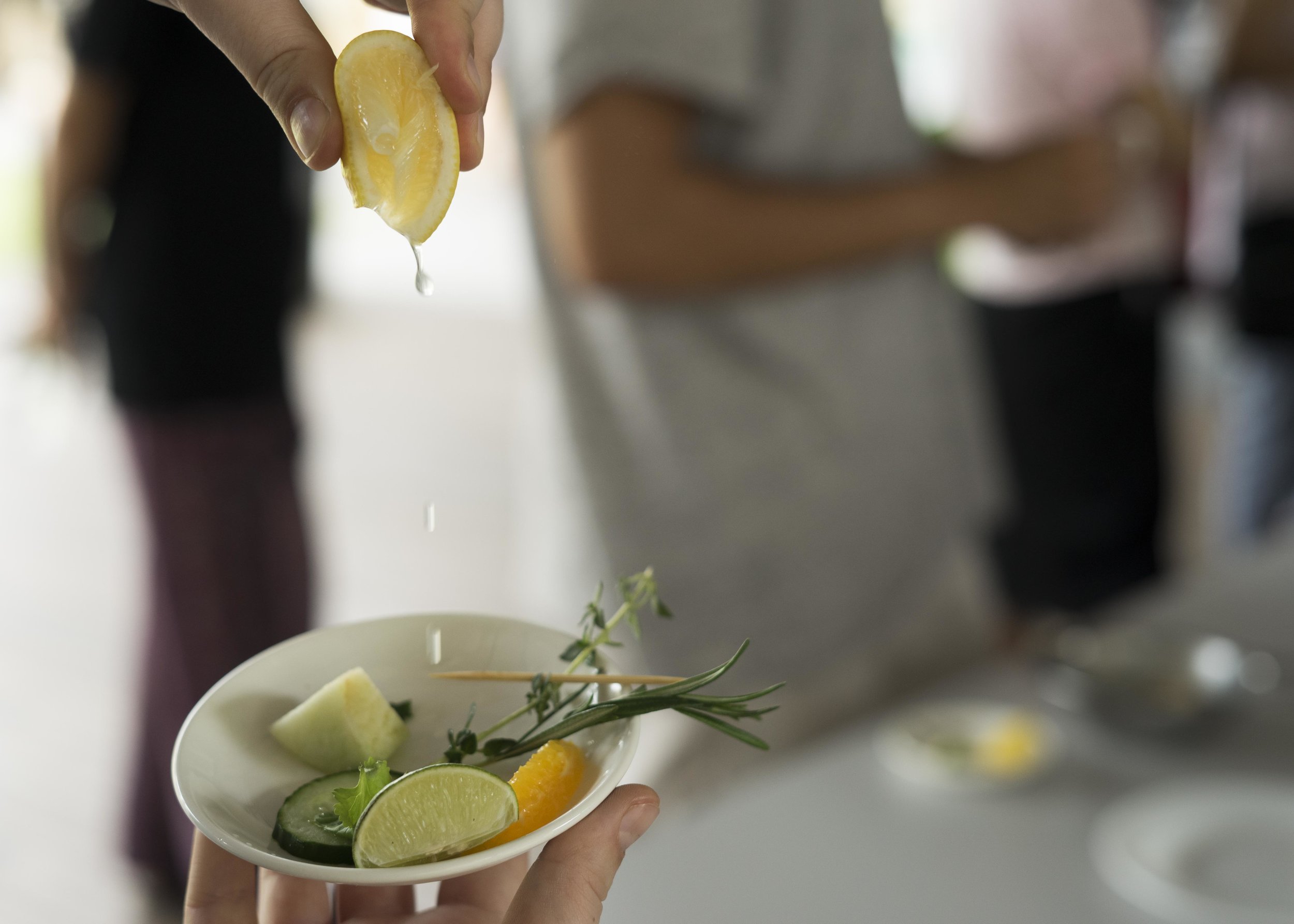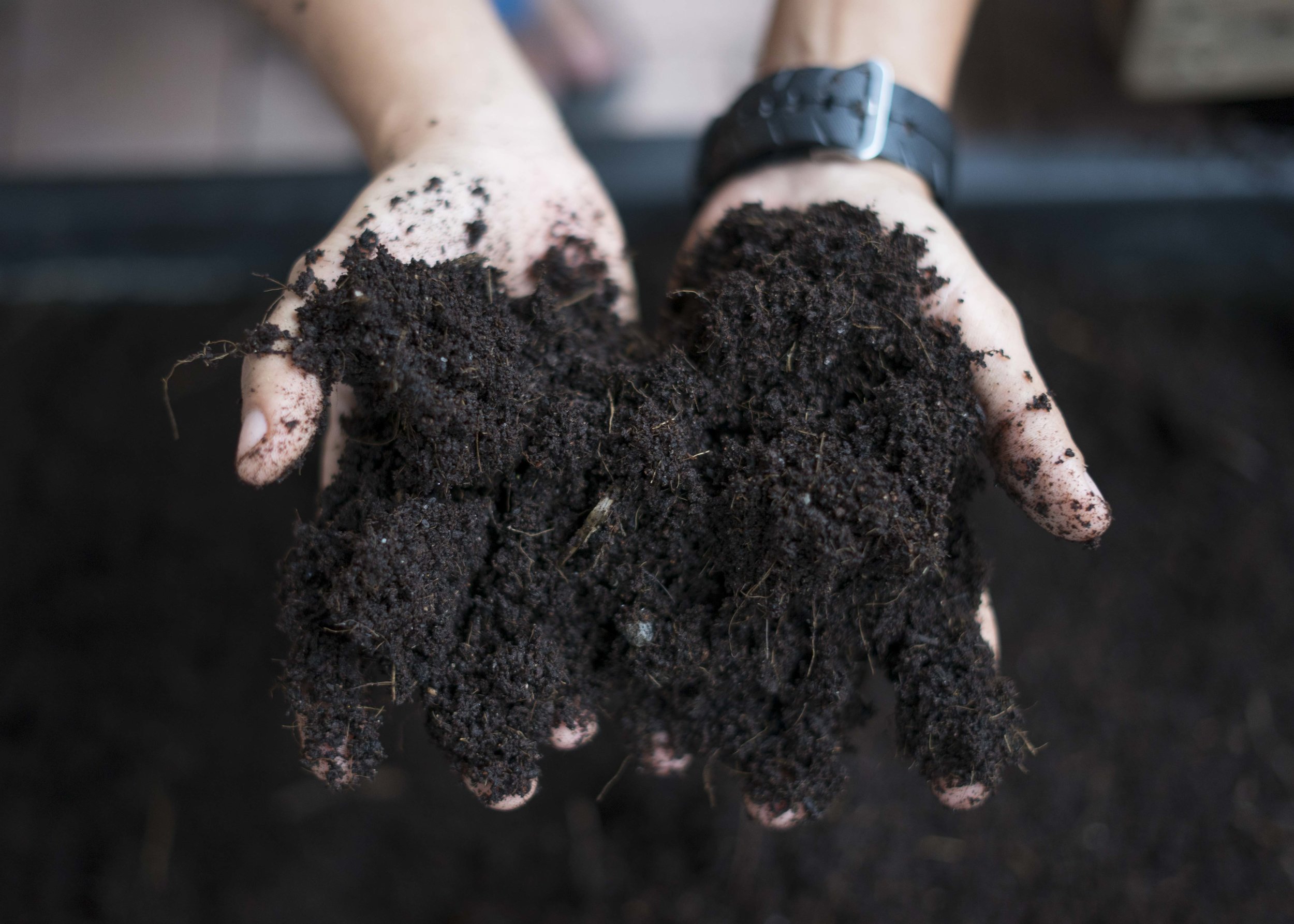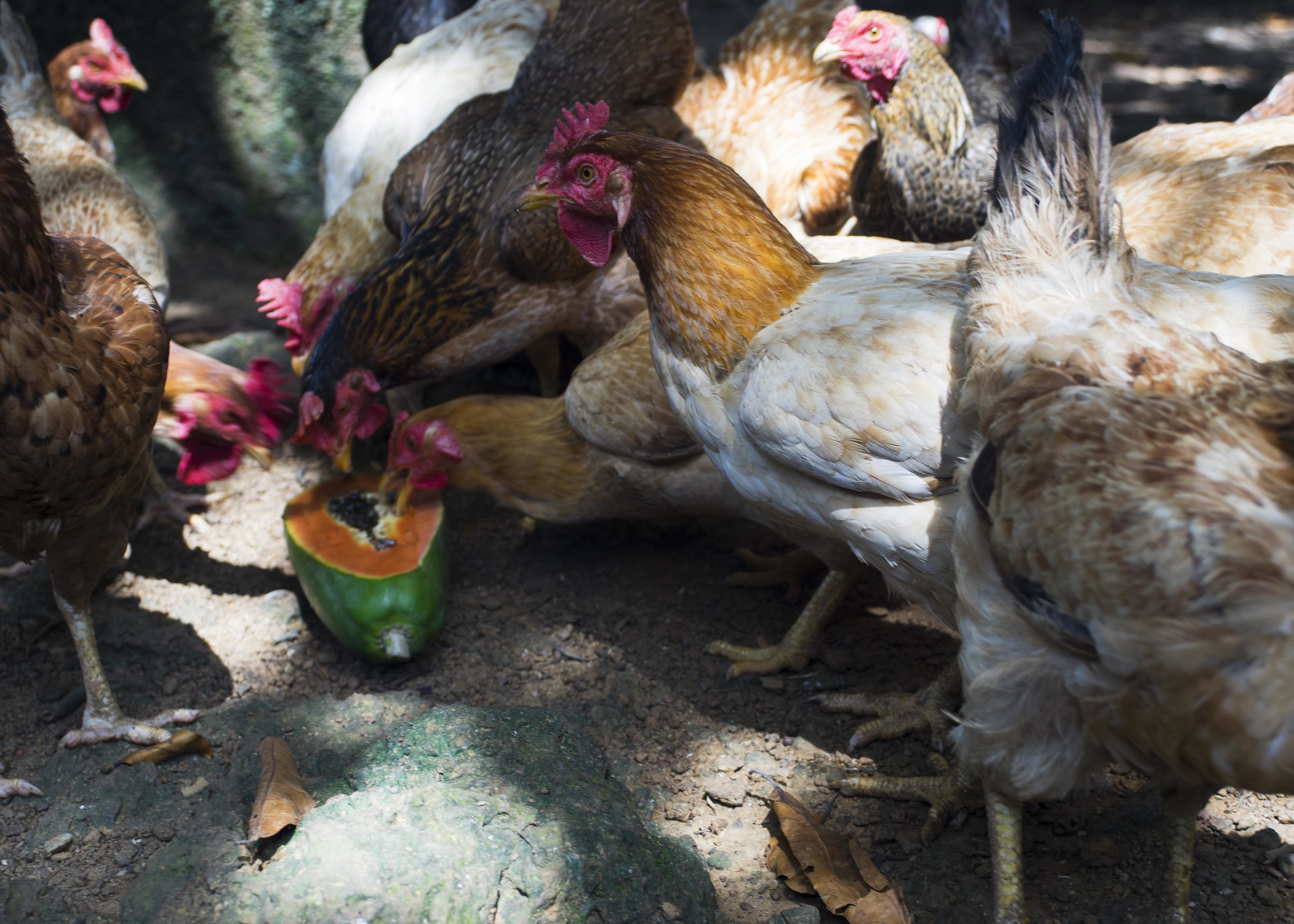AQUAPONICS & MICROGREENS
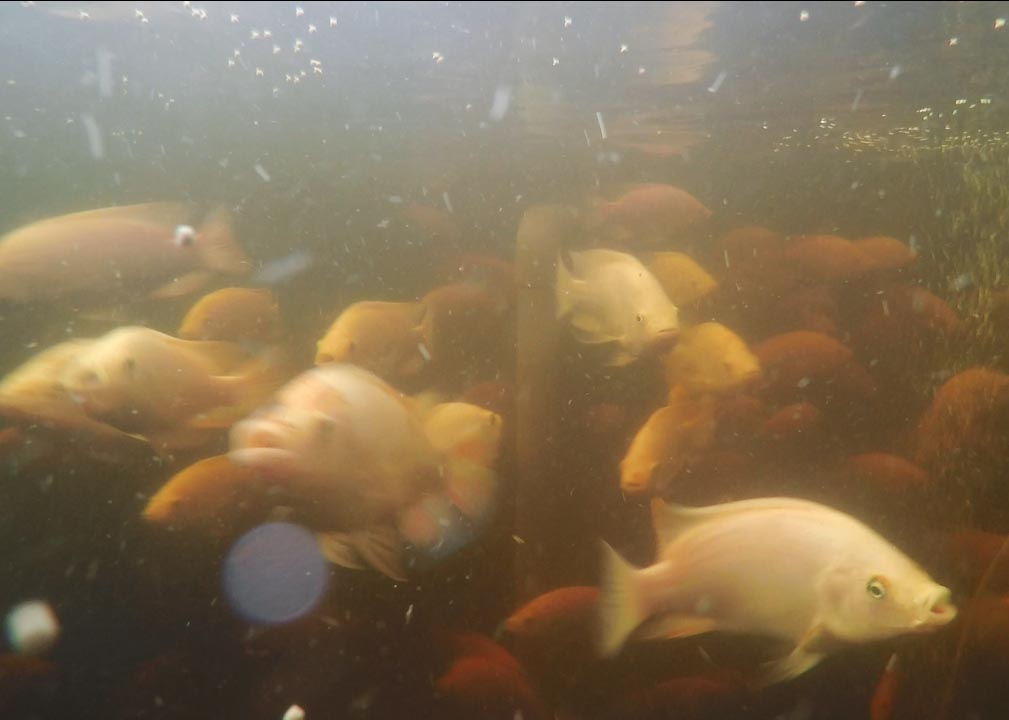
THURSDAY, DECEMBER 9
Today we shot lots of video of Kai Yee and his farm! After a breakfast of fruit and avocado toast, we started filming a tour of the farm. The tour started at the 4 large fish tanks. Kai Yee explained how the water from the fish tanks runs into one central tank, then is put through a filtration system. It then ends up in the swirl filter tank, located in the middle of the four fish tanks. This water is pumped up to the header tank. The header tank is the only raised tank, located roughly 9-10 feet higher than the other tanks. The water is then sent down to the greenhouse, helped along by gravity. After the plants are nourished with the fish waste in the water, the water is sent back to the __ to complete the cycle. Next, we filmed a tour of the greenhouse. Finally, we took a look at his indoor farming set-up that is currently not in use. During the tour, Kai Yee talked about how he is interested in doing more companion planting in his greenhouse. One thing he has discovered is that the Roselle outside the greenhouse attract lady bugs which help bring lady bugs to his pepper plants. The lady bugs kill the aphids attacking the plants! He told me that the aquaponics community tends to be separate from the permaculture community and separate from other farming philosophies. He wants to incorporate some permaculture ideology into his set-up. I hadn't thought about how different farming methodologies are not always open to collaboration with other methodologies. As the tour came to an end, we started talking about how many young people, both in Malaysia and in America, have an interesting perception of farmers. They seem to think that it is a job that somehow has a sort of lower class diction attached to it. I couldn't disagree more with this. Farmers are our heroes. They are the people who grow the food who nourishes our bodies every day.
lunch
After lunch, we went across the street to the house that Kai Yee's friend lives in. His urban garden had the purple peppers, aloe, Brazilian spinach, and more. He also had a mulberry tree! He offered us fresh mulberries which I got to try for the first time ever. They were very cute and tasted like a burst of sweetness in my mouth. His friend had a huge pile of potato compost that he was offering to give to Kai Yee for use on his farm.
After looking at the urban garden, Kai Yee drove us to a store where he wanted to buy some tea. It was fun looking at the tea, dried mushrooms, red dates, and lotus seeds there. We ended up buying some Chinese wine too! After getting tea and wine, Kai Yee suggested we visit an Indian store next door. We walked in and started looking at the huge number of Indian spices with fragrant smells. I could only name a few things that I saw including bay leaf. I appreciated that most of the spices, flours, and other foods in this section of the store are sold in bulk. If I had more time in Malaysia, it would be so much fun to experiment with and learn about all these spices. Wandering around more in the store, we stumbled upon some peacock feathers. Kai Yee explained that in the Indian culture, peacock feathers are said to keep the roaches out of one's house. We walked to another section of the store where there was an abundance of incense holders and two huge aisles of incense. I had never seen so much incense in one time. There was lotus, jasmine, thosai, rose, and many more! It was in all different forms from powder to sticks to blocks. We looked around the store a bit more, and then headed home.
MICROGREEN VIDEO & GOPRO FISHTANK
After shooting this video and working some more, we headed to dinner. Kai Yee said he was going to an Indian place to get a banana leaf set because he was very hungry. On the way to dinner Kai Yee asked us if we had tried Malaysian food yet. Surprisingly, we had not! We had eaten lots of Chinese and Indian food, and even some Thai and "western" food, but had yet to try Malay food. I asked him if Malay food is similar to Chinese food. He said not at all and that it is actually more similar to Indian food than Chinese food. He explained that Malay food typically has a lot of meat and seafood. I am vegetarian, so this is probably why nobody has taken us to a Malay restaurant yet. Kai Yee said he had a place in mind that was more vegetarian friendly. He said Malay food uses a lot of coconut cream and recommended a dish that has eggplant, pineapple, coconut cream and is very spicy! I am excited to try it. We arrived at the restaurant, Sri Anada Bahwan. This is the same restaurant we came to for our first lunch in Sungai Petani after Kai Yee picked us up from the train station. This time, I decided to try thosai, a thin type of fried bread. Kai Yee and Peder both got the rice and toppings buffet. To drink, we each got a glass of iced masala chai. On the way home, I asked Kai Yee if there were any patterns of certain races doing different types of farming in Malaysia. He told me that typically Chinese people will farm vegetables, Malay people will work in the rice patty fields, and Indian people will work on the palm oil plantations. Indians also typically raise cows and goats for milk. After a long day, full of work and good food, I went to bed eager to learn more.
breakfast
For lunch we went to a Chinese restaurant. I had Nasi Lemak for the second time in two days! This classic Malaysian dish is coconut rice with spicy sambal, a small piece of egg, and some anchovies. I always pick off the anchovies. I had some broth with veggies and egg on the side. Peder had a noodle dish and split some fish dumplings with Kai Yee. He had a fish soup. To drink, I had lemon juice, Peder had tea, and Kai Yee had coffee. During lunch, one of the cooks who is friends with Kai Yee came to chat with him. Kai Yee's friend gifted him some purple peppers so he could have the seeds to grow.
URBAN GARDENS & SHOPPING
Once we got back to the farm we took a rest before shooting a, "how to plant microgreens" video for Kai Yee to use with the microgreens kit he is selling. It was really fun to shoot and made me certain that I will be growing microgreens when I get home! They grow so quick and are so tasty. Kai Yee said his favorite type of microgreens are radish microgreens.
DINNER & DRINKS
FRIDAY DECEMBER 9
Today I woke up early and made a breakfast of papaya, apple, banana, hazelnut spread (brought by Peder all the way from Norway!), and coffee. Soon after breakfast and a bit of work, we started transplanting plants into the greenhouse. Peder filmed the process.
TRANSPLANTING
For our film, we are speaking with farmers about what is on their plate. We asked Kai Yee to make a meal we could film him cooking. He chose to make a green spread of three items. The first was a miso soup flavoured with two types of seaweed. First, he flavoured the broth with one large piece of seaweed, and then took it out before slowly adding in the miso past. Next, he put in small cubes of tofu and some more smaller pieces of seaweed. The second dish he made was a dill and mint omelet. The dill and mint were both freshly picked from his farm. The third dish was a stir-fry with three varieties of mushrooms, bok choy, ginger, and garlic. The bok choy was also farm fresh. I really liked all three dishes, especially the flavour combination of dill and mint. They compliment each other so well. During lunch, Kai Yee told me that since he became a farmer two years ago he has gained a more in-depth appreciation of the food on his plate. For dessert we tried
DINNER
WHAT'S ON YOUR PLATE?
I've heard many of my friends tell me they want to start a garden, but they cannot for many reasons. Some tell me they are living in an apartment and have no access to land or they are renting a house and the landlord does not want them to tear up the grass. Here is one way you can grow your own food pretty much anywhere. All you need is:
- A container that has holes in the bottom and a transparent lid to keep the humidity in.
- Soil. Kai Yee uses a mix of coconut pete and compost
- Sprout Seeds. Kai Yee's favorite are radish microgreens.
- Water
First, fill the container roughly halfway with soil. Next, sprinkle the seeds of your choice evenly across the surface. Finally, water the sprouts by placing your container into a bowl or container with roughly an inch of water in the bottom of it. The soil will soak up the moisture after it is left in the water for 5-10 minutes. After watering, place the sprouts in a sunny area. An LED desk lamp turned on for 6-8 hours a day can even be enough sunlight. Keep the transparent lid closed to provide a humid area for the seeds to germinate in. Be sure to water your plants using this same method every so often when you see the soil getting dry. Sprouts should grow in roughly a week, depending on the seeds and other environmental factors.
BREAKFAST
Transplanting plants into the greenhouse aquaponics system is simple. First, we bring the little plants into the greenhouse. Next, Kai Yee looks around to see which water tanks have available space. The open tanks then must have Styrofoam pieces put atop it that have holes for the plants to go into. He has some pieces with closer spaced holes and some with holes further apart, depending on how much space the plant needs. Once these pieces are in place, we simply plop the plants in! Kai Yee said he has found that the plants have a higher survival rate when he plants them in the morning because it is much cooler then. Their roots are quite delicate. We transplanted three different types of lettuce and some bok choy.
Next, we harvested some Papaya! It amazes me that there is such an abundance of this fruit around here. I could certainly get used to eating it every day like we have been doing here! I asked Kai Yee how old his trees were and was surprised when he said less than a year. They grow so fast and have already produced so much tasty fruit. I especially love the shape of papaya leaves. Someone told me that they taste quite bitter and can be made into tea. If I see papaya leaf tea here before I go I will try it. After the transplanting, we went inside to cool down and do some work.
GOURMET LUNCH
For dinner, we had noodles and rice at a Chinese restaurant. Kai Yee ordered fried noodles for Peder, a noodle dish with veggies for me, and a fried rice with salted fish for himself. We also got fried lotus root, which is something we all really enjoy. The other side dish we got is bitter melon. To drink, Peder and I each got carrot milk and Kai Yee got Chinese tea. When our drinks came to the table, I went to arrange them so I could take a photo. Kai Yee started pulling out things from his pockets and Peder followed along pushing his mic and sound recorder into the shot. I've titled this one, "Food and Technology". It actually made me think a lot about how disconnected I can sometimes become to food when I am eating and using technology at the same time.
The lotus root we got this evening was much crispier and chip-like than the previous lotus root we had tried. I liked seeing another take on this dish. It was scattered with large chilies which I of course had to try in one bite. My mouth was burning quite awhile! Good thing the carrot milk helped. If you are ever eating something super spicy and find yourself with a fiery mouth, dairy products tend to help set out the fire. I mentioned that this pepper felt spicy in the back of my throat and others had felt spicy on my tongue. Kai Yee explained that dry peppers and pepper oil tend to feel spicy in the throat and fresh peppers feel spicy on the tongue. He also said if we ever make it to China we should visit Szechwan, a village known for its spicy food. A popular dish there is a hotpot filled with fresh chillies, dried chillies, and chilli oil!































































